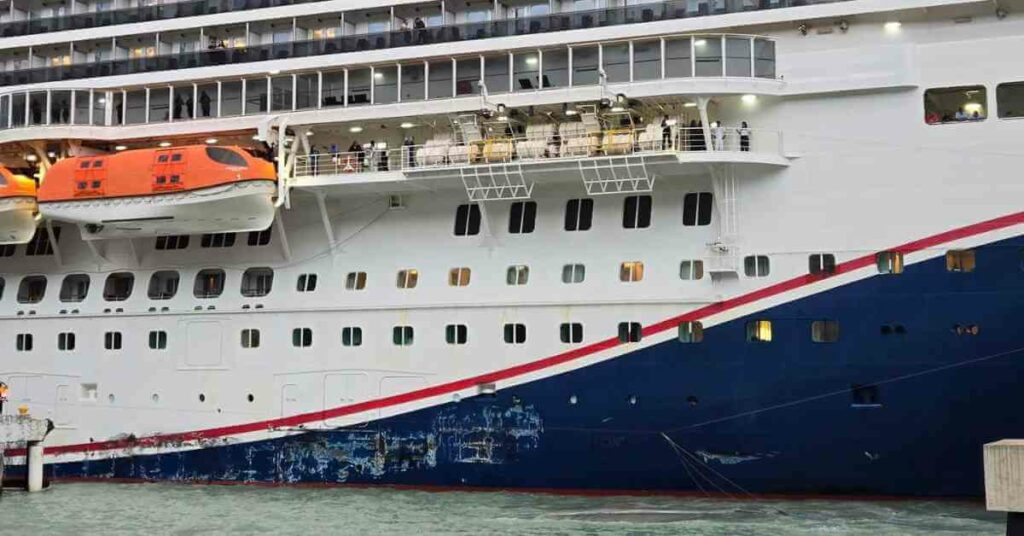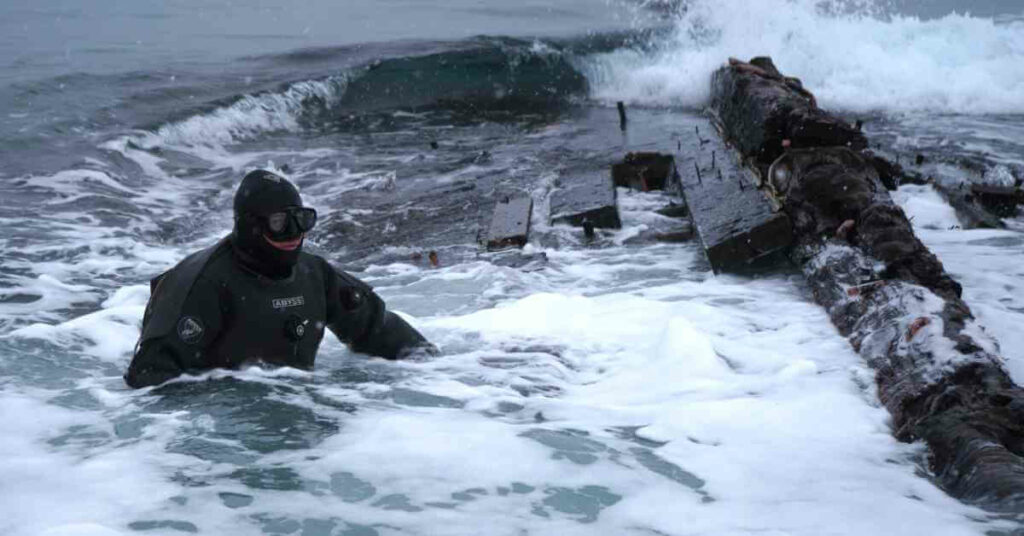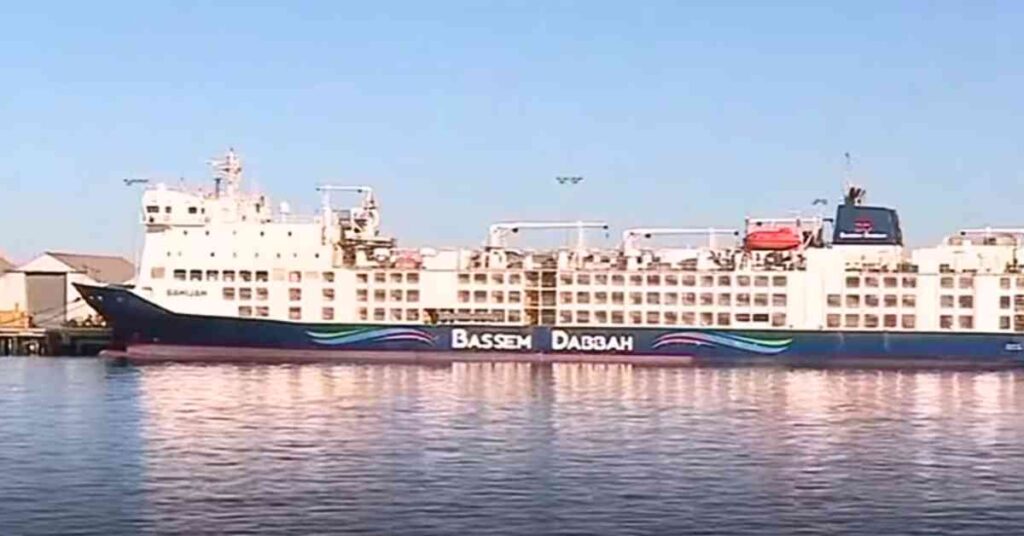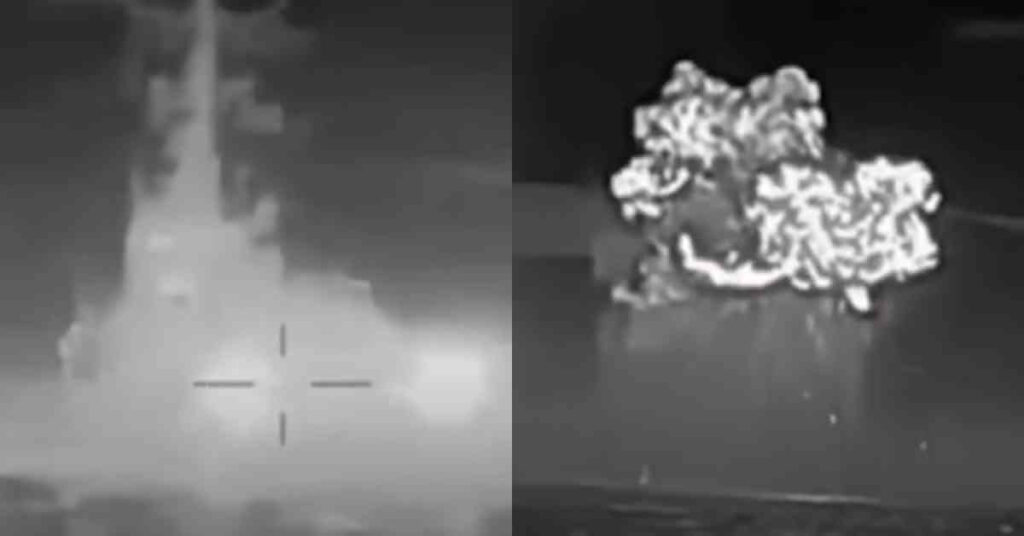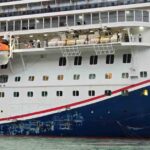Video: How is Waste Oil Treated Onboard Ships?
A vast amount of waste oil is generated by ships, which use different oils for machinery operations. The waste oil can come from various sources, such as engine lubrication, fuel consumption, and other mechanical processes.
However, the ship has limited tanks to store it.
Then how is the waste oil managed and disposed of?
Ships don’t throw or pump the oil overboard. It is unlawful to do so and could lead to hefty fines and imprisonment of the crew members.
Instead, the waste oil is segregated in sludge and bilge, as ships have dedicated sludge and bilge tanks.
Bilge and Sludge are a mixture of oil and water, the only difference being that bilge has less quantity of oil while sludge has more oil in it.
Many tanks on ships carry different types and grades of oil. They are usually provided with a heating arrangement to keep the oil’s viscosity at a limit and separate water from it.
These tanks have drains from where the heavy water, which settles in the bottom, can be drained, separated and sent to bilge tanks.
The fuel is further treated in the centrifugal separator, where additional impurities in the form of sludge and water are separated and sent to the sludge tank.
Similarly, all machinery leakages are sent to the bilge or sludge tank, depending upon the quantity of oil the leakage mixture contains.
The bilge water can be treated in onboard equipment called an oily water separator (OWS). It filters the water as it passes through different stages of filtration.
These stages are designed to separate the oil and water based on their densities.
Oily Water Separator or OWS consists of three segments:
1st filter unit
- This unit consists of catch plates inside a coarse separating compartment and an oil collecting chamber.
- Here the oil has a density lower than that of the water, which makes the former rise into the oil collecting compartment. The remaining non-flowing oil mixture settles into a fine settling compartment after passing between the catch plates.
- The heater may be incorporated into this unit for smooth flow and oil and water separation.
- The first stage helps in removing some physical impurities to achieve fine filtration in the later stage.
- This unit also consists of a coalescer stage and a collecting chamber.
- In these stages, the coalescer induces a coalescence process in which oil droplets are joined to increase their size by breaking down the surface tension between oil droplets in the mixture.
- These large oil molecules rise above the mixture in the collecting chamber and are removed when required.
2nd filter unit
The second stage is again provided with a fine filter to remove more oil from the output of the first stage so that the output from this unit should be less than 15 ppm to fulfil legal discharge criteria.
3rd Oil Content Monitor and Control Unit
- This unit functions together in two parts – monitoring and controlling.
- The ppm of oil is continuously monitored by Oil Content Monitor (OCM); if the ppm is high, it will give an alarm and feed data to the control unit.
- The control unit continuously monitors the output signal of OCM, and if an alarm arises, it will not allow the oily water to go overboard by operating a 3-way solenoid valve.
- The 3-way valve inlet is from the OWS discharge, where one outlet is overboard and the second is to the OWS sludge tank.
- When OCM gives an alarm, the 3-way valve discharges the oily mixture in the sludge tank.
The separated oil is collected and properly disposed of, while the clean water is released into the environment. This process ensures that the ship’s waste oil is appropriately managed and does not harm the ecosystem.
Thus, managing waste oil onboard is a complex yet important process that must be carried out periodically to protect the oceans and seas from being polluted.
Disclaimer: The authors’ views expressed in this article do not necessarily reflect the views of Marine Insight. Data and charts, if used in the article, have been sourced from available information and have not been authenticated by any statutory authority. The author and Marine Insight do not claim it to be accurate nor accept any responsibility for the same. The views constitute only the opinions and do not constitute any guidelines or recommendations on any course of action to be followed by the reader.
The article or images cannot be reproduced, copied, shared, or used in any form without the permission of the author and Marine Insight.
Do you have info to share with us ? Suggest a correction

About Author
Zahra is an alumna of Miranda House, University of Delhi. She is an avid writer, possessing immaculate research and editing skills. Author of several academic papers, she has also worked as a freelance writer, producing many technical, creative and marketing pieces. A true aesthete at heart, she loves books a little more than anything else.
Latest Videos Articles You Would Like:
- Cruise Ship Damaged Due To Severe Weather, Passengers Stuck Abroad
- Archaeologists Examine 19th-Century Shipwreck Found On Canadian Coast
- Australia Stops Livestock Ship From Sailing Around Africa To Israel Amidst Houthi Attacks
- Iran Warns U.S. Of Targeting Cargo Ships Following Latest Airstrikes On Houthis
- Watch: Ukrainian Forces Destroy Russian Missile Boat In Black Sea Operation
- Two Dead After Tragic Collision Between Water Taxi And Passenger Ferry In the Philippines
Subscribe To Our Newsletters
By subscribing, you agree to our Privacy Policy and may receive occasional deal communications; you can unsubscribe anytime.



